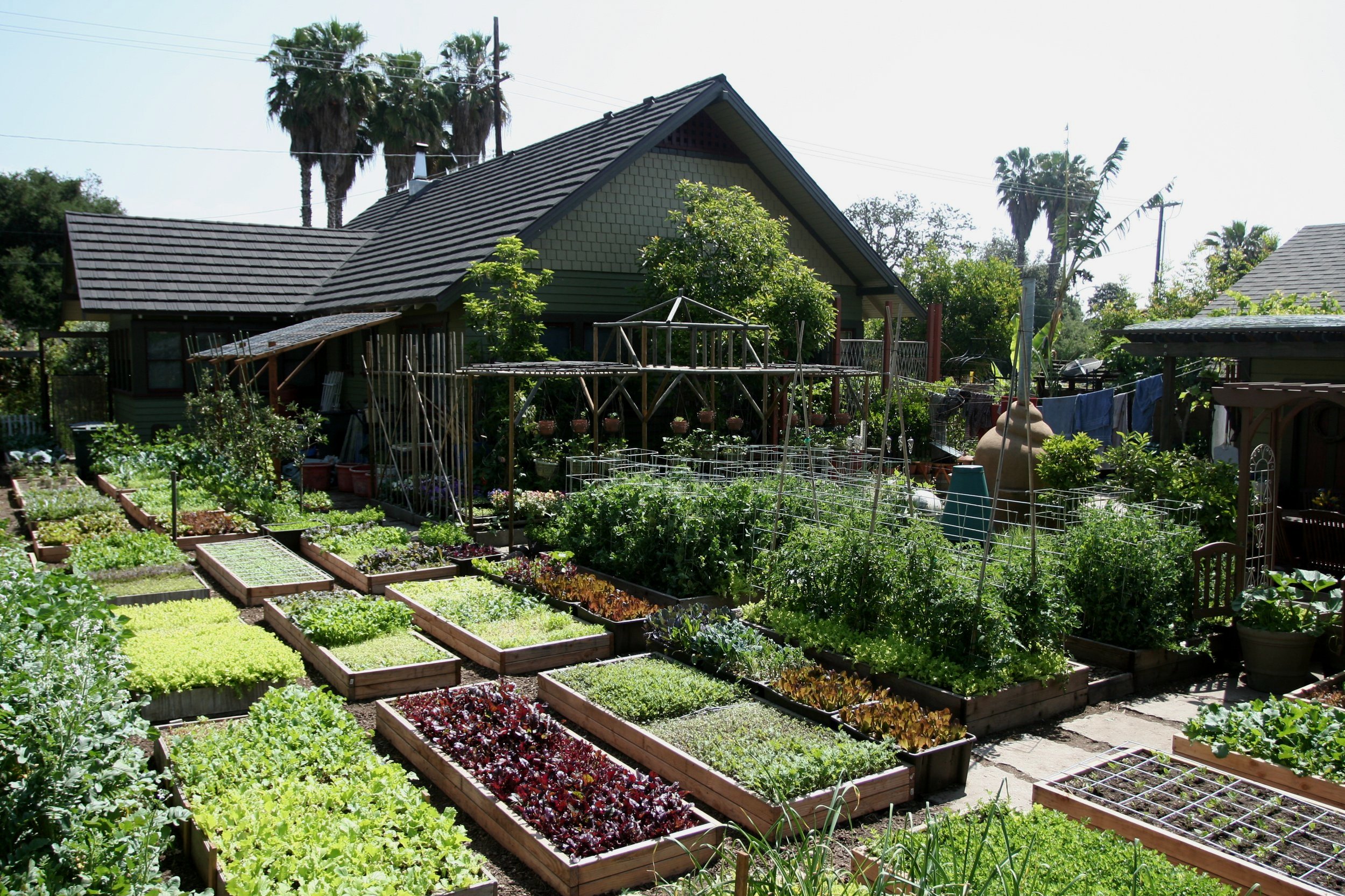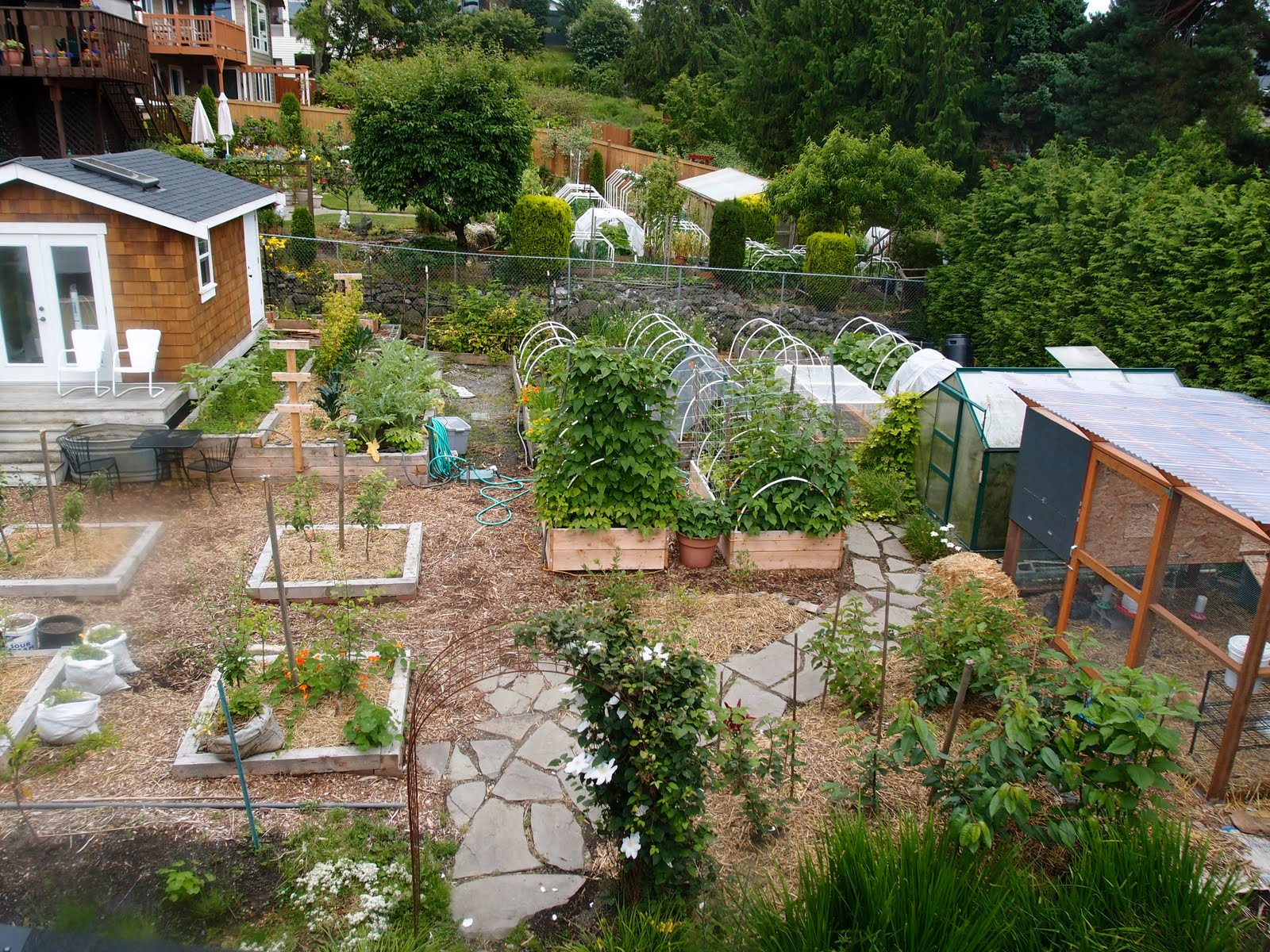Challenges and Solutions for Homestead Gardening
Challenges and Solutions for Homestead Gardening
Blog Article
Discover Crucial Tips for Successful Gardening Techniques and Practices
By prioritizing vital aspects such as soil health and wellness, efficient sprinkling techniques, and appropriate plant choice, gardeners can produce a successful ecosystem that sustains lively development. Many lovers overlook crucial information that can make or damage their horticulture success-- checking out these ignored elements might expose the secret to cultivating a growing yard.
Comprehending Soil Health And Wellness
Dirt health and wellness is an essential aspect of effective gardening, as it directly affects plant development, nutrition schedule, and environment equilibrium. Healthy and balanced soil is defined by an abundant biodiversity of microbes, raw material, and a well balanced pH degree, which with each other produce a setting helpful to plant development.
To comprehend soil health and wellness, one need to consider its physical, chemical, and organic buildings. The appearance and framework of soil impact its capacity to retain dampness and nutrients, while the chemical make-up identifies the availability of important components like potassium, nitrogen, and phosphorus. Normal soil testing is important to examine these factors, enabling gardeners to make informed choices relating to fertilizers and changes.
Moreover, promoting organic activity within the soil is important for keeping its health and wellness. Practices such as composting, plant turning, and making use of cover crops can improve microbial diversity, enhance nutrient cycling, and minimize soil disintegration. By focusing on dirt health, garden enthusiasts not only maximize plant development yet likewise add to a sustainable ecological community, ensuring that their horticulture techniques are resilient and ecologically responsible with time.
Efficient Watering Strategies
Making certain that plants obtain the proper amount of water is essential for their health and development, specifically when paired with a solid foundation of soil health (Homestead Gardening). Reliable watering methods can considerably affect plant vigor, lowering water wastage and promoting optimal growth
One fundamental technique is deep watering, which urges origins to grow much deeper into the dirt, boosting drought resistance. This strategy typically involves sprinkling less often but in larger amounts, enabling moisture to penetrate the root zone completely. Timing is additionally important; morning is the ideal time to water, as it reduces dissipation and permits foliage to completely dry throughout the day, lowering illness risks.
In addition, employing mulch can help preserve dirt dampness and manage temperature level, more helping effective sprinkling practices. Making use of a drip irrigation system can likewise supply targeted dampness directly to the roots, ensuring that water reaches where it's most needed while preserving sources.
Keeping track of rainfall and dirt moisture degrees can lead modifications in your watering schedule, making certain plants get constant hydration without over-saturation. By adopting these reliable watering strategies, gardeners can cultivate a thriving atmosphere for their plants to flourish.
Plant Choice and Positioning
Just how can the ideal plant selection and calculated placement transform a yard into a growing community? When choosing plants, think about elements such as environment, dirt type, and sunshine exposure. Homestead Gardening.
Strategic positioning entails setting up plants according to their growth behaviors and needs. Taller plants should be placed at the back of boundaries to prevent shading shorter plants. Additionally, organizing plants with similar water and light requirements can improve their growth and lower competitors for resources.
Incorporating a diversity of plants not only adds visual charm however also promotes biodiversity, attracting advantageous pests and pollinators. Think about the seasonal changes in your garden; choose a mix of perennials, annuals, and evergreens to make certain year-round interest.
Last but not least, bear in mind to assess the fully grown dimension of plants prior to planting to prevent overcrowding and ensure adequate air circulation. Thoughtful plant choice and calculated positioning develop a harmonious setting, permitting your yard to grow while reducing challenges.
Bug and Illness Monitoring
Efficient bug and disease administration is crucial for keeping a healthy and balanced garden environment - Homestead Gardening. An aggressive technique, incorporating cultural, biological, and chemical strategies, can considerably lower the influence of insects and diseases on your plants

Biological controls, such as introducing advantageous insects like ladybugs or predative termites, can keep insect populaces in check without damaging the setting. Furthermore, maintaining plant health and wellness with correct watering, fertilizing, and trimming will bolster their strength versus diseases.
When treatment is needed, choose targeted chemical treatments, making certain to adhere to application guidelines to decrease harm to non-target organisms. Always focus on sustainable methods, as they promote long-term garden health and wellness and ecological equilibrium. By incorporating these approaches, gardeners can effectively handle pests and diseases, making sure flourishing plants and an effective garden.

Seasonal Upkeep Practices
In springtime, focus on soil prep work by testing pH degrees and adding necessary amendments. Consistently inspect arising plants for conditions and insects.
As summertime approaches, guarantee adequate watering while monitoring for indications of stress and anxiety or disease. Prune back thick plants to urge air flow and lower humidity around foliage. This practice not just boosts plant health and wellness but likewise advertises flowering and fruiting.
With the arrival of autumn, it's time to get ready for winter season. Tidy up dropped leaves and debris to stop insect infestations, and consider planting cover plants to enrich dirt health. This season is also perfect for dividing perennials and planting spring-flowering light bulbs.
Verdict
Effective gardening hinges on the integration of sound techniques in dirt health and wellness, watering, plant choice, insect administration, and seasonal upkeep. By prioritizing dirt screening and microbial diversity, using efficient sprinkling approaches, and selecting appropriate plants, garden enthusiasts can develop thriving ecological communities.
By prioritizing essential elements such as soil wellness, effective watering techniques, and ideal plant selection, garden enthusiasts can produce a thriving ecological community that sustains lively growth. YOURURL.com By focusing on dirt wellness, gardeners not only optimize plant development yet also add to a sustainable community, making certain that their gardening practices are environmentally liable and resilient over time.
Taller plants need to be positioned at the back of boundaries to prevent shading much shorter plants. Tidy up fallen leaves and debris to avoid insect invasions, and think about growing cover plants to improve dirt health and wellness.Successful gardening hinges on the integration of audio techniques in soil health and wellness, watering, plant Check Out Your URL choice, insect management, and seasonal maintenance.
Report this page